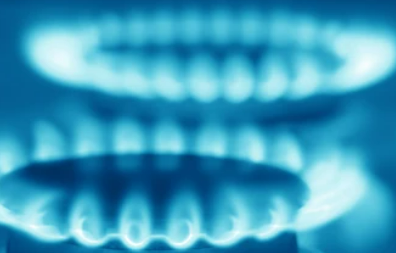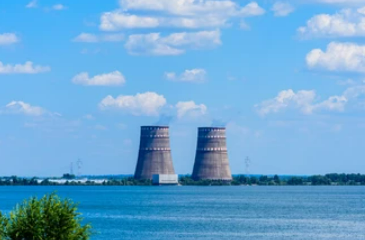
Haiden Holmes
Oct 09, 2022 11:22

Compared to other metals, this month's aluminum prices appear strong after big drops in September. In late September, aluminum prices reached their lowest point; however, they rose in the first week of October. If prices continue to break out of their trading range to the upside, it would indicate an end to the decline amid increased optimistic optimism. Despite recent gains, the index will remain under pressure from the macroeconomic decline in the long term.
From September to October, the Aluminum Monthly Metals Index (MMI) decreased by 8.04 percent, with all components falling.
Continues to decline from their separate maxima, worldwide physical delivery surcharges continue to fall. These premiums continue to be accurate indicators of the major aluminum supply against demand. Therefore, decreasing premiums reflect a drop in demand.
According to Reuters, Japanese purchasers of aluminum have just agreed to pay a premium of $99 a ton for shipments between October and December. This is lower than the producers' initial proposals of $115 to $133 per ton for aluminum prices. This will mark the fourth consecutive quarter of revenue decline. In fact, current rates are 33% lower than the $148 per ton paid during the months of July to September. Moreover, they are 55% lower than the peak of $220 per ton recorded in the fourth quarter of 2021. As Asia's top importer of aluminum, Japan's negotiated premiums will set the standard for the whole region. Recent evidence suggests that Asia's demand has been stronger than Western Europe's. Despite this, the ongoing reduction of the Japanese Port quarterly premium implies that demand is also falling in Japan.
In the interim, the European Duty Unpaid premium peaked later than Japan's, in May, at $505 per ton, lagging behind. However, this premium has reduced by fifty percent since then and is currently above $250 per ton.
Also decreasing since late March is the Midwest Premium. After reaching a record high of more than $865 per metric ton, the premium has declined by 44% to its present level. This is the lowest level since May 2021, at slightly more than $480 per metric ton.
Global primary aluminum production continues to climb despite what appears to be a fall in demand. In August, worldwide aluminum production climbed for the third consecutive month, hitting 5,888,000 metric tons, as reported by the International Aluminum Institute. China contributed roughly 60 percent of the total. As production in regions such as Western and Central Europe is becoming constrained, China's sustained support has helped to maintain supply.
The picture for global manufacturing is deteriorating due to factors other than aluminum costs.
In contrast, the global manufacturing sector offers a darker image. China's Caixin Manufacturing PMI fell to 48.1 in September as a result of COVID limitations, solidifying its position in the contractionary zone. At 48.4, the Eurozone Manufacturing PMI registered its seventh consecutive month of fall and third consecutive month of contraction. Both the U.S. ISM Manufacturing PMI (50.9) and the Japanese Manufacturing PMI (50.8) continue to indicate an increase. As the economy continues to weaken, September represented the sixth consecutive month of contraction for both the United States and Japan. As a result of diminishing demand, factory activity in each region decreased.
A portion of the drop in demand can be attributed to the deterioration of manufacturing industries. Meanwhile, the market's surplus continues to expand. The cumulative effect will likely result in the continuation of the macro downtrends for prices and premiums over the next few months. If the United States and Japan are able to continue growth and China abandons its zero-COVID strategy, this might serve as a forceful counterbalance to the other bearish factors.

Oct 09, 2022 11:21

Oct 10, 2022 15:25